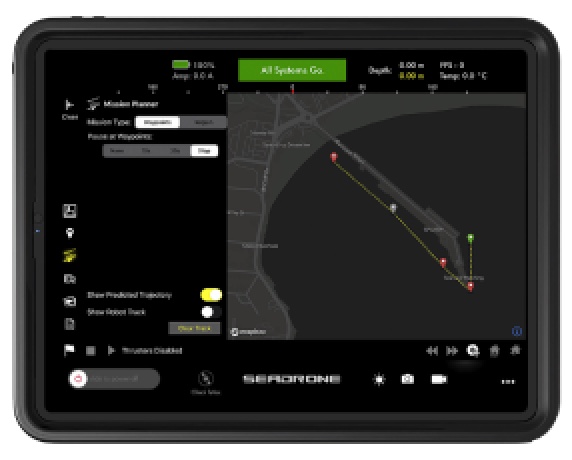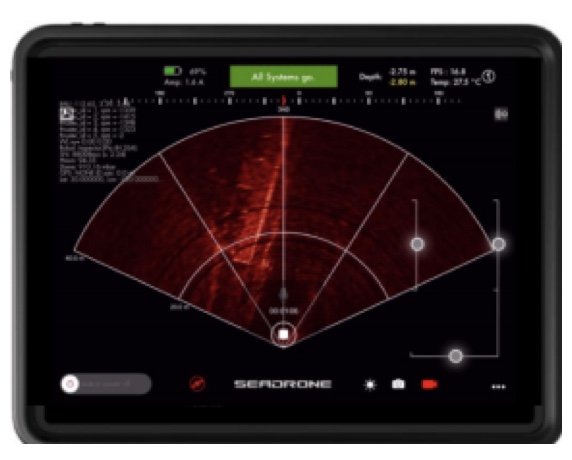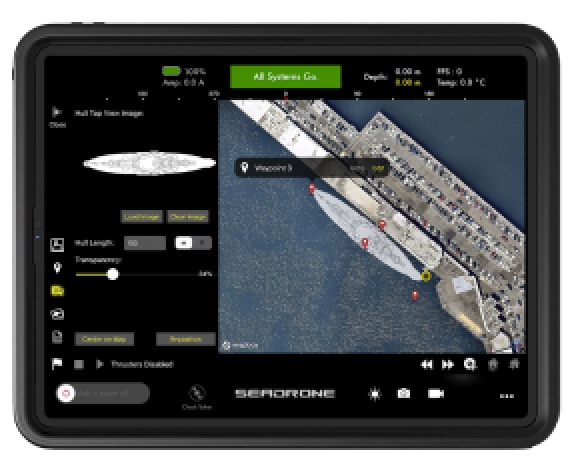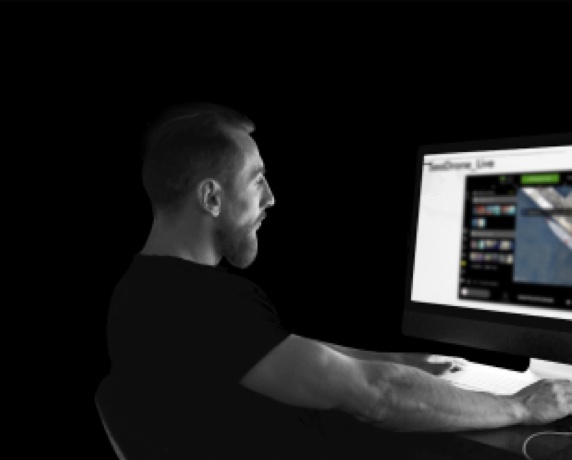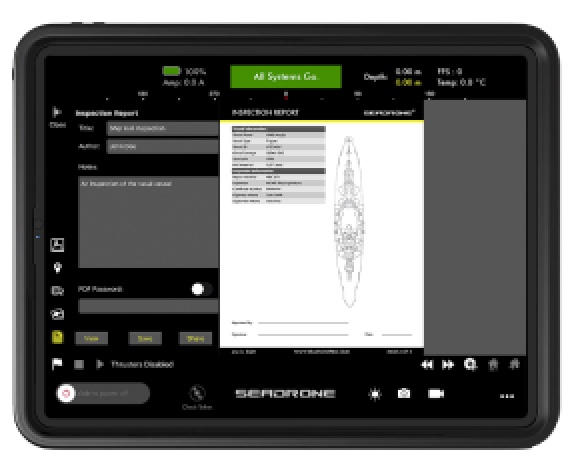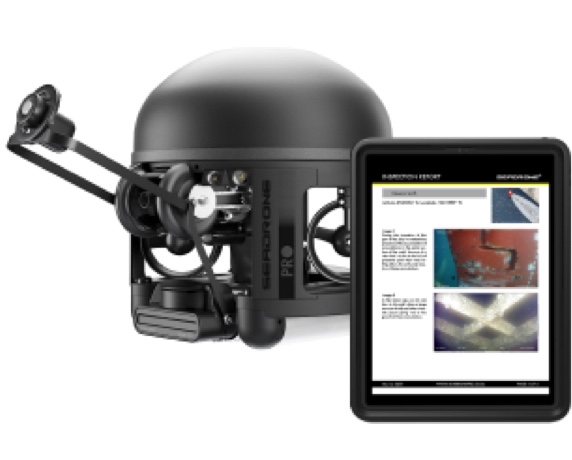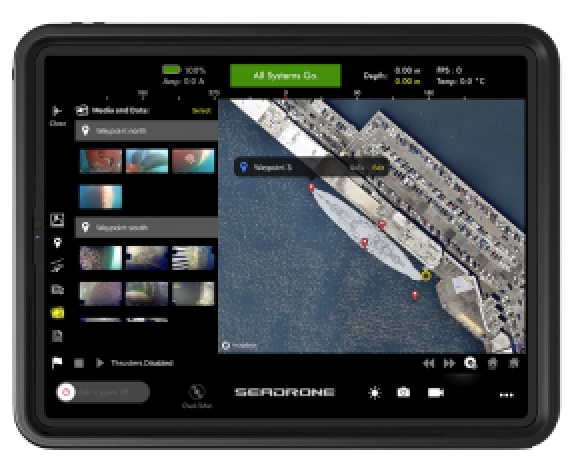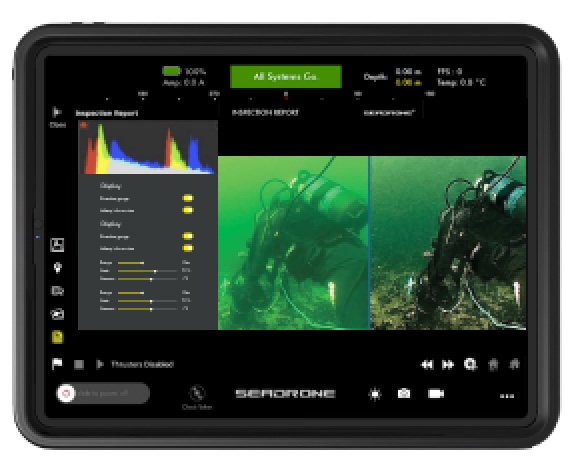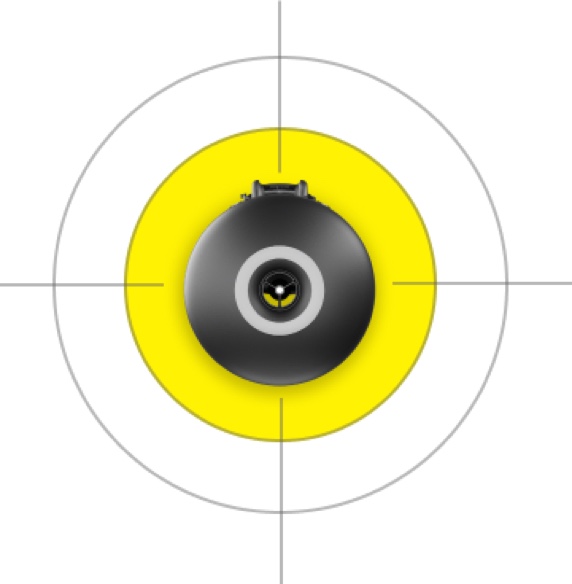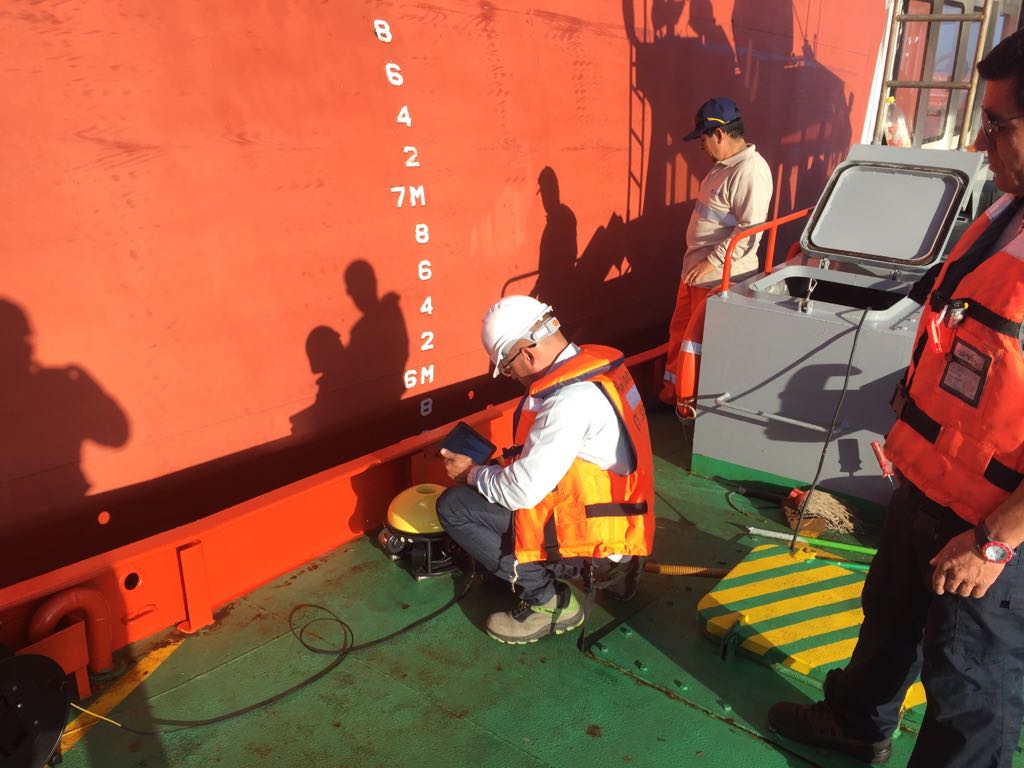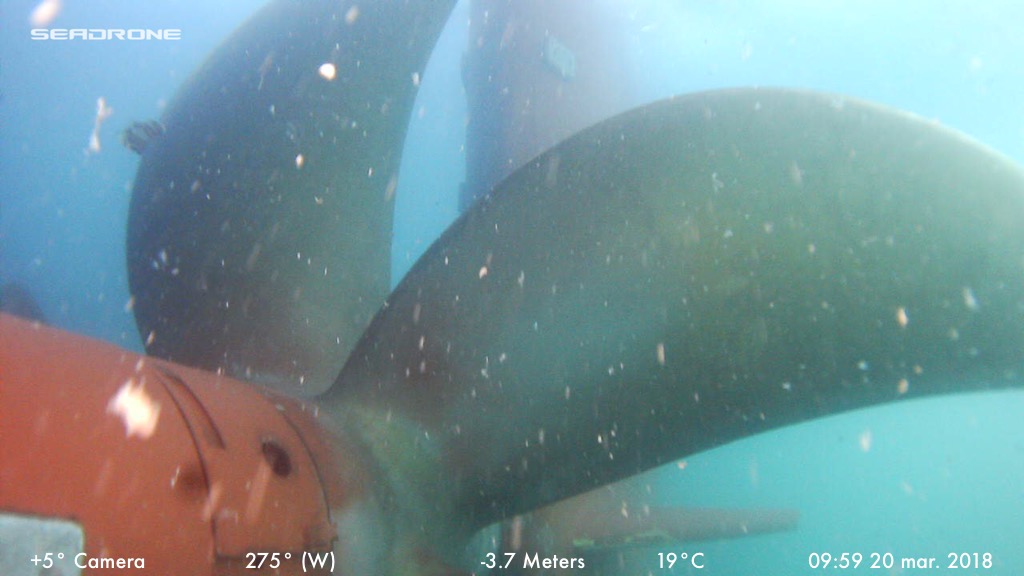In 2016, the largest cargo ship to ever visit the United States docked at Seattle’s port. The container ship Benjamin Franklin was reported to carry 4.5 million gallons of fuel. The 1,310-feet behemoth has the capacity to carry 18,000 shipping containers, which is double the amount in a typical cargo container ship that visits the Port of Seattle.
The impressive amount of cargo that the Benjamin Franklin carries comes at a high cost in fuel consumption. Economist Martin Stopford’s book Maritime Economics estimated that fuel onboard ships were usually the largest cost of the ship’s operational expenses. Fuel usually amounted for almost 50% of a voyage’s cost.
It should be no surprise that both ship owners and the ship charters (people who rent vessels from the ship owners) pay a lot of attention to a ship’s fuel consumption.
This attention to fuel consumption is what drives Rodrigo Munoz’s ship hull inspection company, RAMDrones Chile.
RAMDrones Chile Rodrigo Munoz’s Story
Rodrigo’s inspections serve as the eyes and ears for the charter who is renting the ship. Charter vessels are often not in the same country, let alone port, as the company renting them. It is common, for example, for the charter company to be based in the Netherlands and for the charter vessel to be in Chile, where Rodrigo is based.
When a shipowner and charter agree on a charter deal, Rodrigo gets a call to perform a hull inspection. The charter wants a report detailing the amount of marine fouling on the ship hull, the condition of the paint coating on the hull, and any damage to the hull. Any of these three problems slow down the performance of the vessel by causing additional drag. This results in higher fuel costs to the charter.
Knowing how important his inspections are for monitoring the performance and speed of a vessel, Rodrigo has developed three value propositions that set his inspections apart from his competitors:
Knowledge of what hull areas to inspect
A network of ship hull cleaning contacts
Superior photo and video footage
Knowledge of what hull areas to inspect
Before starting RAMDrones Chile, Rodrigo used to work for a shipping company as the head of performance. Thanks to his experience hiring diving companies and training the divers to perform inspections, Rodrigo has an intuition that the most important areas for every inspection are:
Both sides of the hull
The flat bottom
The propeller
The rudder
Rodrigo uses the SeaDrone Inspector 1 (he continues to operate the first-generation Inspector vehicle) to check how clean each component is and whether there is any damage. It is not uncommon to see wires or fishing nets around the propellers or broken blades. After inspecting these key areas of the hull, Rodrigo always goes to the front part of the hull. While it is less important for fuel consumption, it always shows the full condition of the hull.
From Rodrigo’s experience, he believes that cleaning these 4 sides of a vessel can have as much as a “10-35% increase in performance,” he explained in an interview.
A network of ship hull cleaning contacts
When Rodrigo’s inspection uncovers a dirty hull, he knows the charter will “for sure spend more in fuel.” Imagine spending an extra $20,000 more than budgeted in fuel because of lower performance from fouling. If the ship hull is not cleaned, “there will be a fight between the charter and owner because one party will not comply with the contract,” Rodrigo said.
However, Rodrigo said that a charter cannot clean the ship hull in Chilean waters. Therefore, one of his services is recommending companies that can clean the hull. Thanks to his network, he can identify which companies in which countries can perform a good cleaning and what the cost of the hull cleaning will be. Working with a worldwide network for cleaners, he knows the quality and cost of the jobs since he has already worked with most of these companies during his years at the shipping company.
Superior photo and video footage
Finally, one of RAMDrones Chile’s main value propositions is the superior photo and video footage the company provides in its inspection reports. Rodrigo says that he focuses a lot on taking excellent pictures using the SeaDrone Inspector to help make his reports more useful to his clients.
“After an initial period of taking pictures with the ROV,” Rodrigo wrote, I “change to shoot video and after that take captures of the specific área to fulfill the report.”
To produce high quality images, Rodrigo says that he practices piloting the Inspector ROV every chance he has to go to the pool. Every time he finishes an inspection, he will practice for extra 15-20 minutes to “train himself to do new moves,” Rodrigo said. “The closer to the vessel you can get, the better the images.”
One tip he offers to SeaDrone pilots who are operating in low visibility or cloudy water is to use the SeaDrone Inspector’s light with the dimmer set to the maximum. As Rodrigo says, “low-saturation pictures will not impress the client.”
Rodrigo pays as much attention to piloting the ROV as he does to adding value with the color photography. He edits the photos using photo editing software like Photoshop to enhance the pictures and modify the colors. He makes the pictures “more beautiful for the clients.” To process the images, Rodrigo tweaks the exposure, contrast, brightness of the image. He may even add light filters to enhance the picture quality. Every photo has its own settings depending on the lighting conditions.
It is important to “clarify blurry images using software,” Rodrigo says. ”Correct colors and shapes with good software.”
